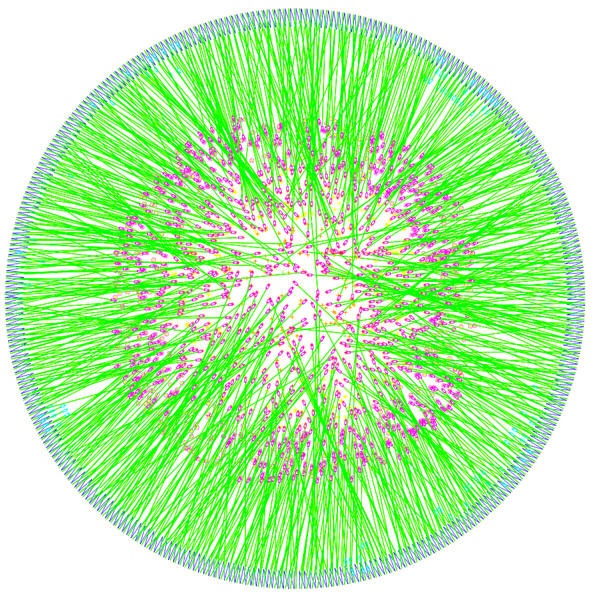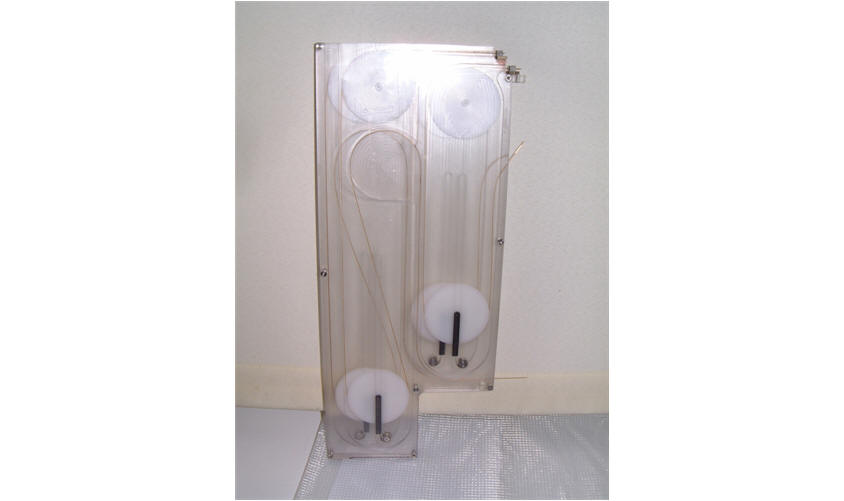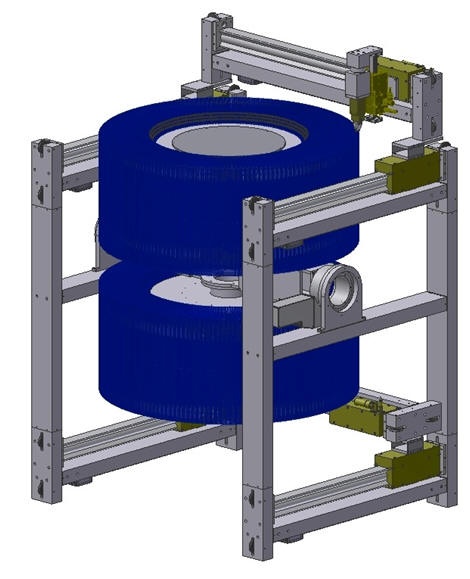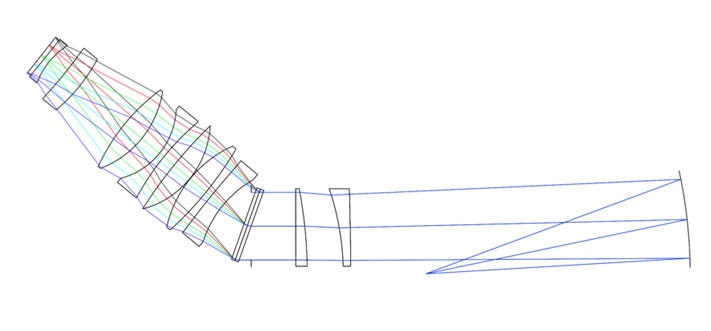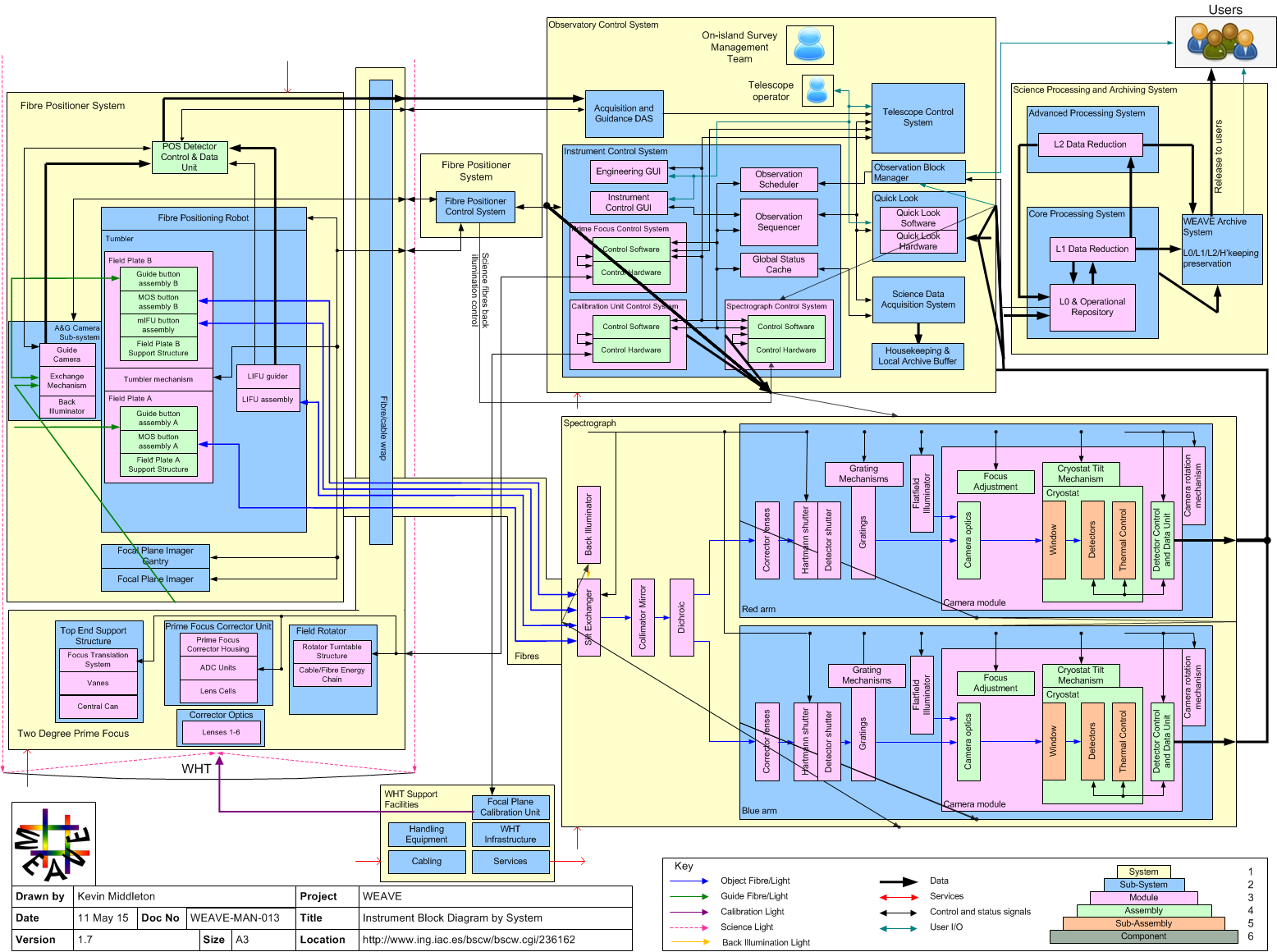| Html-bobswift | ||||
|---|---|---|---|---|
| ||||
|
| Html-bobswift | ||
|---|---|---|
| ||
|
Instrument Page
The conceptual design of the instrument is was driven by the WEAVE science requirements, as defined by the Science Team, and translated to technical requirements by the Project and Instrument Scientists. At the time of writing the requirements call for a dual-beam spectrograph with the following The following table summarises the instrument characteristics:
| Html-bobswift |
|---|
<center> |
| Borderless table | |||||||||||||||||||||||||||||||||||||||||||||||||||||||||||||||||||
|---|---|---|---|---|---|---|---|---|---|---|---|---|---|---|---|---|---|---|---|---|---|---|---|---|---|---|---|---|---|---|---|---|---|---|---|---|---|---|---|---|---|---|---|---|---|---|---|---|---|---|---|---|---|---|---|---|---|---|---|---|---|---|---|---|---|---|---|
|
|
| Html-bobswift |
|---|
</center>
<br></br>
*The focal plane of each camera is occupied by two e2V CCD231-C6 CCDs (6kx6k format). The Useful spectrograph focal plane is 8k spectral x 6k spatial. This implies a small gap between the two CCDs. At the central slit position, these gaps span 549.1-553.9nm and 759.0-766.9nm in the low resolution mode and 452.5-453.6nm ; 530.2-531.5nm and 641.2-643.1nm in the high resolution modes. The spectrograph slit is curved to match the low resolution gratings, leaving a residual curvature in the high resolution mode of around 3.5nm shift (~350 pixels) between the central and extreme fibres. |
The philosophy behind the construction of WEAVE is to keep it simple but effective. Thus the design exploits the use of COTS (Commercial Off-The Shelf) components which not only reduces project costs and risks but provides an attractive solution for maintaining the instrument throughout its lifecycle.
The
PositionerPick-and-place technology will be used to position the fibre buttons onto a plate using a commercially available X-Y gantry. A computer simulation shows the complexity of weaving 920 fibres to acquire their targets. Each green line represents a single fibre and the purple beads are the magnetic buttons. In this particular example there are 8300 fibre crossings.
At the edge of the field are the fibre retractors (originally designed for GYES) that tension and protect the individual fibres. Each retractor holds four fibres and the buttons are seated at the entrance to the retractors as illustrated in the following pictures.
The fibre positioning mechanism is a twin-based system of fibres, retractors and buttons etc. The arrangement is s uch that 1000 fibre-assemblies are positioned at each end of the rotating assembly also known as the tumbler. This fits inside a gantry with a robotic gripper that places the buttons on the plate. This arrangement allows for reconfiguration of the top plate whilst the bottom plate is used for observing.
The Spectrograph
Fibres from the positioner are fed to the dual-beam spectrograph which incorporates a dichroic at ~600nm and has two volume phase holographic gratings. The spectrograph will be housed in GHRIL.
Instrument Block Diagram
The Instrument Block Diagram provides an high-level overview of the arrangement of the systems that comprise WEAVE. For readability, detailed component information is not represented here but the flow of data and signals are shown.
| Html-bobswift |
|---|
<p> |
The WEAVE Instrument System
| Align |
|---|
The WEAVE instrument consists of nine technical systems each of which is designed to deliver a specific functionality and provide appropriate interfaces to adjacent systems. The following table contains links to these technical systems:
|
| System Name | Description |
| Two-degree Prime Focus System | This system consists of the Prime Focus Corrector which includes the ADC, the instrument rotator and the focussing mechanism. |
| Fibre Positioner System | This system consists of the pick-and-place fibre positioner and it's software, the tumbler, the large IFU head and part of the acquisition and guidance subsystem. in addition to this, the Configure Tool is also part of this system. |
| Fibre Systems | This system consists of the MOS fibres, the IFU fibres and the guide fibres |
| Spectrograph System | This system consists of the spectrograph and the science detectors. |
| Observatory Control System | This system consists of the software for controlling all aspects of the instrument, with the exception of the Fibre Positioner, and automating the observations. |
| Core Processing System | This system consists of the quality control of the science data, the operational repository and full image processing and spectral extraction. |
| WHT support facilities | This system includes all the modifications that are required at the telescope to accept the instrument and calibration of the focal plane. |
| Advanced Processing System | This system consists of the software required to carry out high-level science analysis. |
| WEAVE Archive System | This system consists of the data archive. |
